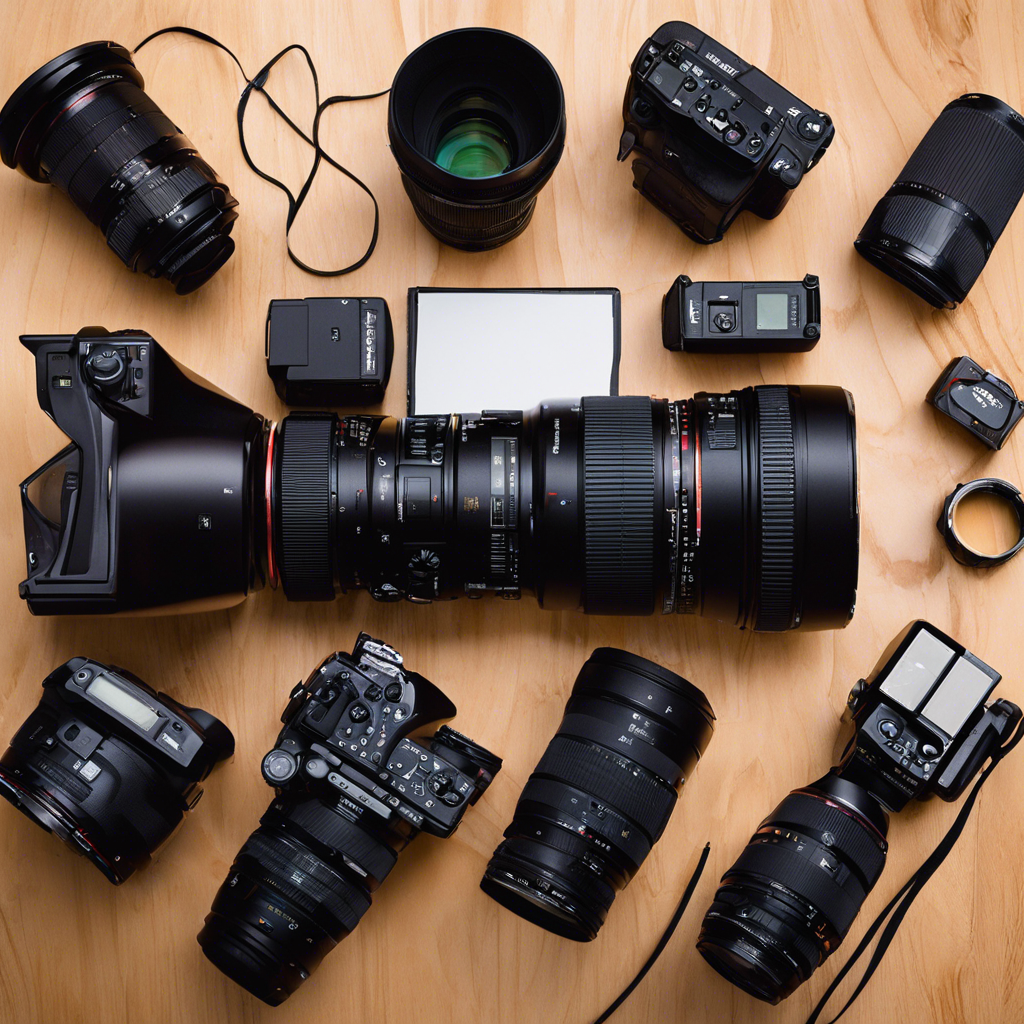Videography has become an increasingly popular hobby and profession, with many aspiring creators looking to tell stories and capture moments through video. For beginners, the world of videography can be intimidating, but fear not! With advancements in technology, you can now create high-quality videos with relatively affordable DSLR cameras. This beginner’s guide will provide you with the essential knowledge and tips to start your videography journey using a DSLR camera.
First and foremost, familiarise yourself with your DSLR camera’s video capabilities. Modern DSLR cameras offer a variety of video settings, including various frame rates, resolutions, and formats. Understanding these options is crucial to harnessing the power of your camera. Explore the menu settings to find and customise these video features according to your needs.
When composing your shot, it’s important to consider the rule of thirds. Imagine your viewfinder or screen divided into nine equal parts by a 3×3 grid. Place your subject along these lines or at their intersections to create a balanced and pleasing composition. This simple technique will instantly add visual interest and professionalism to your videos.
Mastering exposure, the amount of light entering your camera sensor, is crucial to achieving well-lit and visually appealing footage. DSLRs offer manual control over aperture, shutter speed, and ISO, allowing you to adjust these settings to manipulate the exposure. Experiment with these settings to achieve the desired lighting and mood for your videos, but remember to keep your footage sharp and avoid underexposure or overexposure.
Focus is another critical element in videography. While autofocus is convenient for still photography, it’s often best to use manual focus for video work. This ensures that your subject remains sharp and in focus throughout the shot. Practice pulling focus smoothly, a technique used to shift the focal point from one subject to another, adding depth and a cinematic touch to your visuals.
Audio is just as important as visuals in videography. While your DSLR camera will have a built-in microphone, it’s worth investing in an external microphone to capture clear and crisp audio. This could be a shotgun mic that attaches to your camera’s hot shoe or a lavalier mic that clips onto your subject’s clothing. Clear audio ensures your viewers can easily follow the dialogue, narration, or ambient sounds that enhance the overall video experience.
Frame rate, measured in frames per second (fps), determines the smoothness and style of your video. Common frame rates include 24fps for a cinematic look, 30fps for a standard video, and 60fps or higher for smooth, slow-motion footage. Understanding frame rates will help you choose the right setting for the style and mood you want to convey in your videos.
Lastly, post-production is a vital step in crafting your final video. Learn the basics of video editing software to assemble your footage, add transitions, and enhance the overall production value. Colour grading is also an important technique to master, allowing you to set the mood, correct imbalances, and give your video a cohesive look.
